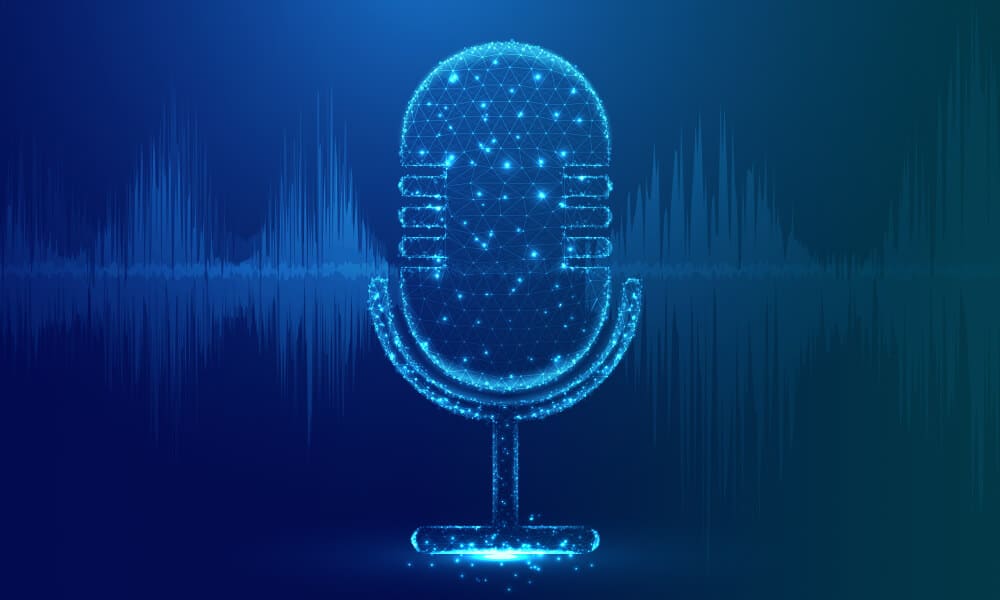Online Transcription: Convert Speech to Text Right Away

Speech to Text: The Complete 2025 Guide for Small-Business Owners
Introduction
Imagine you’re commuting to a supplier meeting and a game-changing thought hits you.
With speech to text, you can capture that insight without touching a keyboard.
This article shows how small-business owners can harness voice to text, real-time transcription, and AI-powered dictation to streamline workflows, reduce costs, and sharpen their competitive edge.
By the end, you’ll know which features to prioritize, how to implement them, and how to calculate the ROI.
Speech to Text Basics: How the Tech Actually Functions
At its core, speech to text is the process of converting spoken language into written characters through algorithms and machine learning.
The pipeline typically includes:
- Acoustic models that map sound waves to phonemes
- Language modeling to predict word sequences
- Decoding to assemble accurate sentences
Thanks to advances in AI, accuracy has risen from 75 % a decade ago to well above 95 % for many English dialects today (source: NIST).
The Business Case: Why Entrepreneurs Can’t Ignore Speech to Text
Time is money, and speech to text delivers both.
Here’s why owners aged 30-55 are adopting it:
- Productivity Boost: Speaking is roughly 3× faster than typing, slashing document creation time.
- Accessibility & Inclusivity: Team members with disabilities can contribute on equal footing with voice dictation.
- Data Accuracy: Instant transcripts cut down on misinterpretation and lost details in customer calls.
- Cost Savings: By automating note-taking, companies frequently cut admin hours by double digits each month.
Choosing the Right Speech to Text Tool: Must-Have Features
Platforms differ drastically.
When comparing voice to text products, prioritize:
1. Accuracy plus Multilingual Coverage
- Look for ≥95 % accuracy on benchmarks.
- Need Spanish, French, or Mandarin? Confirm dialect coverage.
2. True Real-Time Performance
- Lag should be under 300 ms for smooth meetings.
3. Enterprise-Grade Security
- End-to-end encryption protects sensitive data.
- Medical or EU clients? Demand HIPAA/GDPR badges.
4. Integration & API Access
- Plug into Zoom, Slack, or your CRM with minimal code.
A feature checklist like the one above ensures you don’t pay for bells and whistles you’ll never need.
Practical Applications of Speech to Text for Small Businesses
Still wondering if voice to text fits your niche? Consider these bite-sized case studies.
- Law Firm (5 employees): Shifted to voice dictation for drafts, gaining 15 extra billable hours monthly.
- eCommerce Brand: Livestream captions via real-time transcription increased subtitle engagement 34 %.
- Consultancy: Meeting transcripts fed into an AI summarizer, generating shareable memos in 60 s.
Step-By-Step Guide to Deploying Speech to Text
Implementation doesn’t have to be painful.
Follow this streamlined plan:
- Audit Needs: Identify high-volume typing tasks like reports and chat transcripts.
- Select Platform: Match the feature checklist to vendors; request a free trial.
- Integrate & Test: Hook it into existing tools through APIs or native plugins.
- Train Team: Host a 30-minute workshop on best dictation practices.
- Measure & Iterate: Measure typing hours saved during the first month, then optimize.
Budget tip: Choose pay-per-minute billing initially to understand consumption patterns.
Pitfalls & Myths: What Can Go Wrong and How to Fix It
Misconceptions still abound. Time to bust some myths.
- “Speech to text is only for big enterprises.” Wrong—small firms usually recoup costs sooner due to agility.
- “My accent won’t be recognized.” Modern engines train on global datasets, so accuracy stays high.
- “Setup takes months.” With SaaS tools, you can be live within days, sometimes hours.
Future Trends: AI, Multilingual Support & Beyond
Analysts predict global speech tech revenue will top \$50 billion by 2028.
There’s no better moment to start experimenting.

Conclusion
Imagine reclaiming five hours every week just by talking instead of typing—that’s what speech to text unlocks.
We’ve covered mechanics, here features, case studies, and future trends.
Stay ahead of the curve.
CTA: Try a speech to text platform today and let us know the gains you achieve.
FAQ
- What is speech to text and how accurate is it?
Speech to text tools use AI to turn voice into text, achieving about 95 % accuracy for many languages.
- Is voice to text secure for sensitive data?
Yes—leading vendors offer end-to-end encryption, HIPAA, and GDPR compliance to keep your transcripts safe.
- Can I use real-time transcription during video conferences?
Absolutely. Most major speech to text APIs integrate with Zoom, Teams, and Google Meet, generating live captions instantly.
- Does speech to text work with different accents?
Current speech to text models are trained on varied accent libraries and typically maintain strong accuracy across dialects.
- How much does a voice dictation platform cost?
Pricing ranges from free tiers to pay-as-you-go (≈\$0.006/min) up to enterprise plans; most SMBs spend under \$50/month.